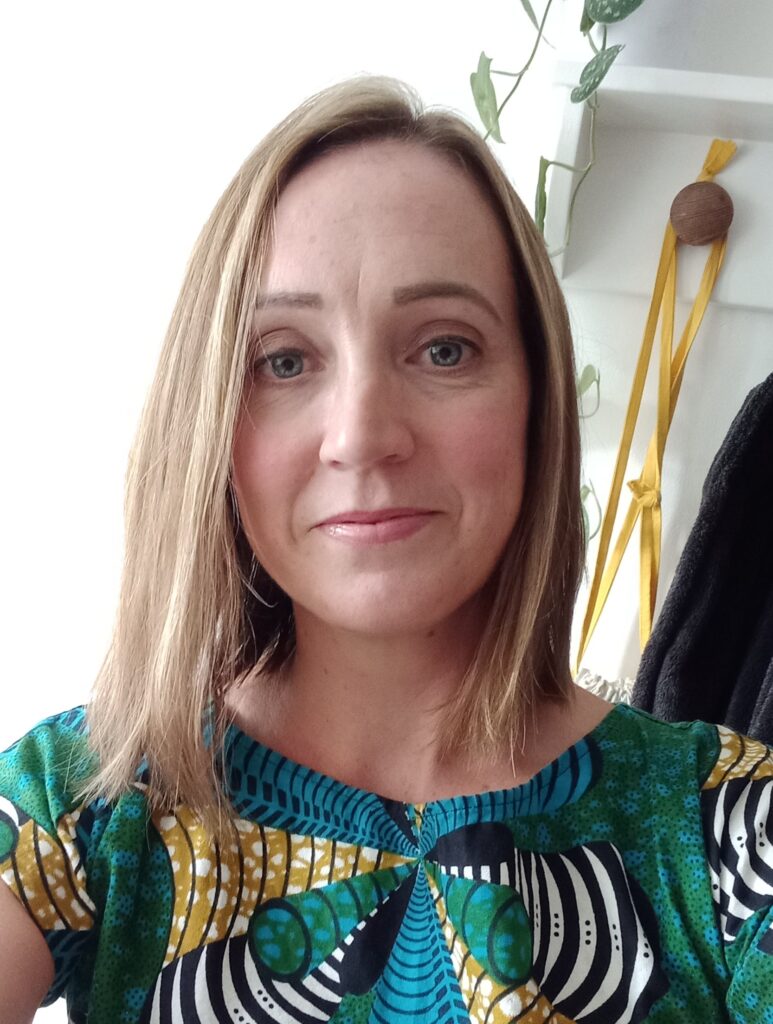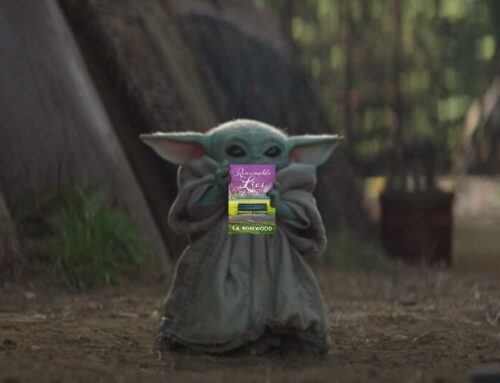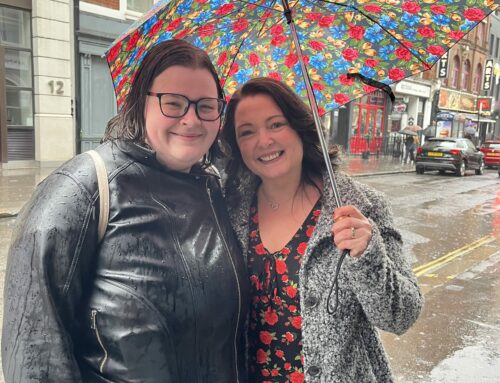Meet The Author: Mel Symonds
A bit about Mel Symonds…
I have always loved writing for as long as I can remember. I even remember writing a comedy play when I was 10 years old about the Easter Bunny.
As an adult, I have had a few non-fiction feature articles published but Rule No.1: Avoid Trouble was my first fiction work to be published.
I started writing for children when I had my first child.
I have lived and worked in and around Cambridge for about 20 years now.
I have two children and one dog.

Q – What inspired you to become a writer?
A – When my child was a toddler, we would walk along making up stories about the things we could see. These would make me laugh and I realised I wanted to stop writing the adult book I had been working on for years and start writing children’s books. I started with lots of picture book ideas before I went on to writing chapter books. I can’t remember how ‘Rule No.1: Avoid Trouble’ actually came into being what it is today. It was an idea that I started to simply write and didn’t stop.
Q -Who are your biggest literary influences?
A – I remember Margaret Atwood being my first major influence when I was a teenager. It was her book Cat’s Eyes and I thought her voice and the topic was amazing. She was followed by Ian Rankin, who has a brilliant style of writing. It flows so easily and the characters are right there in front of you. More recently, Holly Bourne blows me away. I wish her young adult books had been around when I was 15. Her adult books are also completely gripping. I know when she brings out a book it is going to be all consuming. Within children’s books, the top of the top for me is Amy Sparkes. Every child should read her books. Even as an adult I can’t put her books down. Her style and characters and the world she creates are amazing.
Q – How do you handle negative reviews or criticism of your work?
A – You get a lot of rejections as a writer, so you have to get used to it quickly. The hardest thing I find is a rejection with no feedback. Feedback is brilliant. When editing Rule No.2: No Questions, my editor used the red pen a lot and although it was an initial shock, I revised, re-wrote and produced a much better book. I’m writing a different children’s book now and the criticism from my initial readers is valuable. Dotted with praise is always nice, but knowing where it might not be quite right only makes my work stronger. I guess negative reviews are always going to be hard and everyone has their own opinions and their own likes/dislikes.
Q – What advice would you give to aspiring writers?
A – I have learnt with writing that little and often is the best way for me. I think I learnt a lot about setting aside time to write when writing my original adult book. I don’t have a set formula, my brain is constantly thinking about whatever I’m writing at that moment. I might hear conversations or see something and think, ‘Yes, that is exactly what my character would say’ or I see something, and it solves a writing problem I was having. I write, I read and make notes, I scribble, I leave it and come back. With ‘Rule No.1: Avoid Trouble’, I would leave it for a few months and come back to it with ‘fresh eyes’.
Some days are difficult. Sometimes the best thing to do is to leave it and come back and sometimes the best thing to do is to make myself sit there and plough on through the difficult parts. All in all though, I love it. I love the days when I can sit there with my notes and write about this world that I have created in my head where anything can happen.
So, my advice is – You can always come back. You can leave it and come back weeks or months later and that is completely fine. The main thing is to love what you do and love what you write.
Q – What do you hope readers take away from your writing?
A – In Rule No.1: Avoid Trouble, my main character, Clara, has watched her brother get into trouble and has decided that it is a lot easier to go through life avoiding trouble. She likes to sit on her favourite red bench in the school playground and watch the world go by. I wanted to create a story that inspires kids to stand up for something that they believe in or that they believe to be wrong. Clara learns that sometimes it’s OK to get into trouble when you are doing the right thing and stopping bad things from happening.
The kids in the book go on an adventure to stop the class bullies from ruining their much loved science lesson. I wanted to have a science theme in this book, as I like to promote the STEM subjects and make these subjects wondrous to kids.
I hope children finish my books and want to read more books. I want them to know the joy of reading and entering a different world each time. I try to keep the pace up with my books, so that the reader wants to know what is going to happen next.





